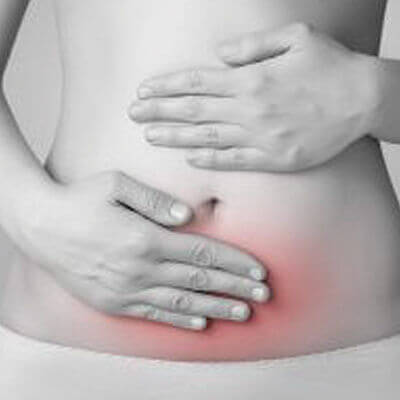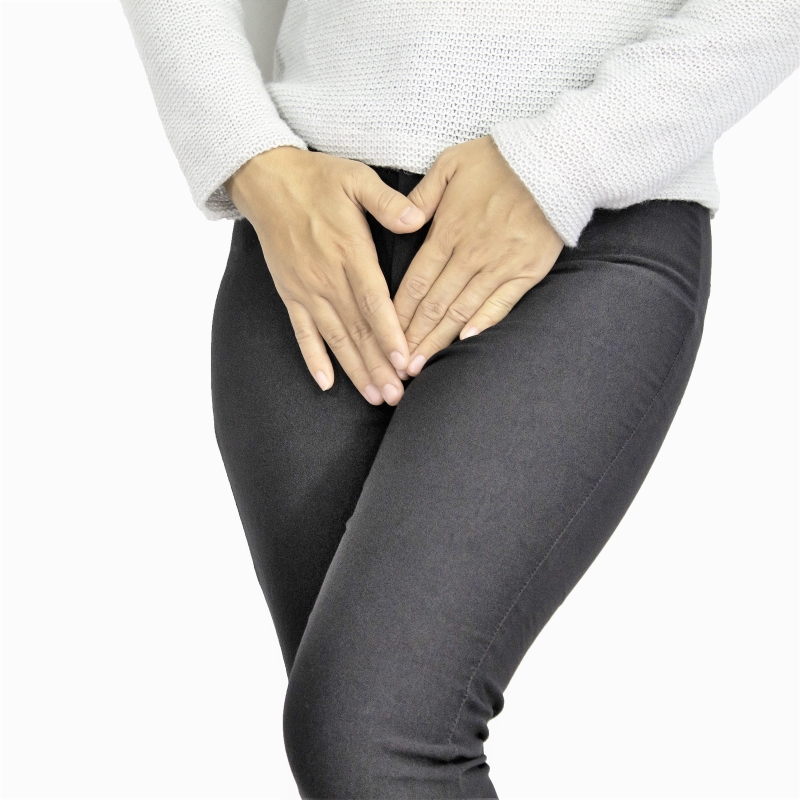Low Libido in Women
Libido, very simply put, is sexual desire or sex drive. Just as there are multiple shades in a color spectrum, levels of libido are unique to each woman, and these levels can rise and fall monthly throughout a woman’s lifetime depending on many biological and psychological factors. What are the Different Levels of Sexual Desire? Intensity can vary. Sexual desire may range from heightened – where a woman may want sex one or more times a day (hypersexuality), to several times a week, once a month, once every few months or year, (hyposexuality) or not at all (asexuality). What is Considered ‘Normal Libido’? There are no standards for ‘normal’ libido, especially if a couple is sexually compatible and comfortable in their mutual need for intimacy. Often, however, this is not the case. Women frequently tend to have a lower libido than men. In fact, it is estimated that 1 in 10 women suffer from low sexual desire in the United States, meaning that 16 million women have what is referred to as hypoactive sexual desire disorder (HSDD). A female’s low libido can have a huge negative impact on a relationship. Once the brilliant shine of newly-found lustful love wears off, couples may find their physical needs are drastically different. The apathy of the less ardent woman may lead to conflict, suspicion, hurt, infidelity and even complete collapse of the relationship. The woman herself may also suffer feelings of inadequacy, self-doubt, and frustration, emotions that might send her into an emotional depression, worsening the situation. Mass media today slants sex to appear as if anything less than constant bedroom activity is abnormal, often convincing a woman with a perfectly healthy sexual appetite that she is some kind of freak if she doesn’t engage in a passionate encounter at every opportunity. For one who suffers from a lower sex drive, the impact may be even more devastating. The inner turmoil of a dwindling self-image and shattered self-esteem can compound the problems already complicated by sexual dysfunction. What are the Causes of Low or Waning Libido? There can be many causes for low sexual desire, and they can be either physical or psychological. Physical reasons for a low libido include: Psychological reasons for a low libido include: Is Help Available? YES!!!! There is no reason to go through life with lowered libido. Women can enjoy a satisfying sex life at any age, and with today’s resources and modern technology, we are usually able to effectively treat the problem. Diagnosis and Treatment In order to pinpoint the root of this dysfunction, frank honest discussion is necessary, as well as a list of any medications you are currently taking. Your doctor will ask pertinent questions to find out whether the problem is physical or emotional. After an examination of the genital area, blood tests may be required to determine hormonal levels. Once a diagnosis is made, your doctor will move forward to correct the problem. It may be as simple as a change or alteration in medication or a new prescription. If surgery is indicated, most physical corrections are minimally invasive, can be done in our clinic, and the recovery time is usually short. If the problem is psychological, our board-certified OB/GYNs can help. Call us today at 770.720.7733 or schedule an appointment online.














